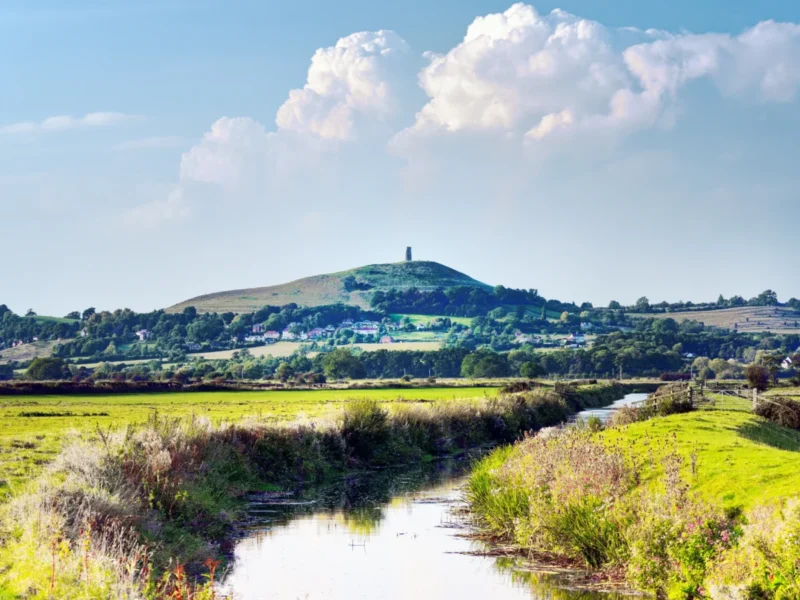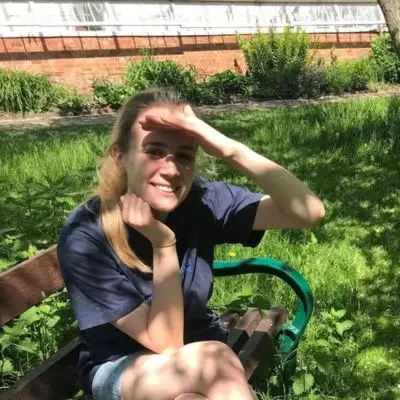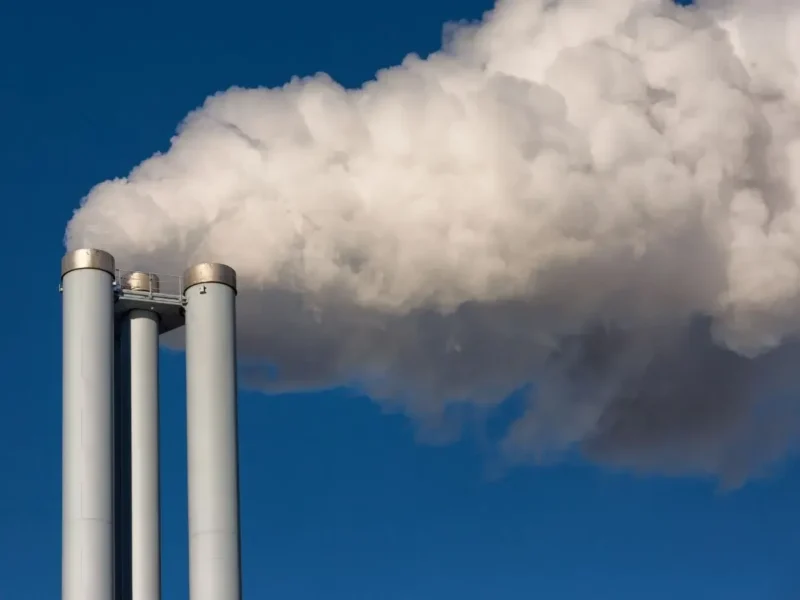Over the past year Somerset Wildlife Trust along with partners at Avon Wildlife Trust, RSPB and Natural England have investigated the greenhouse gas (GHG) emissions from Somerset’s lowland peatlands.
Lewis John, ET’s Sales Manager for Scientific Applications, met with Somerset Wildlife Trusts Peatland Partnership Greenhouse Gas Monitoring Officer, Beth Pudifoot at Honeygar Farm recently to see first-hand how the ABB LGR-ICOS GLA-1313-GGA Microportable Greenhouse Gas Analyser, supplied by ET, was used for this project.
Investigations showed how a broad baseline of GHG emissions from different peatland land use types in Somerset, might be affected by different land management actions such as cutting and grazing.

We found the GLA131-GGA very simple and user-friendly, particularly the associated real-time interface. The smaller size meant it was convenient to transport and carry across site. It consistently produced good quality, reliable data, which along with quick and detailed support and assistance from ET, meant the GLA131-GGA was ideal for use in our project.
Beth Pudifoot Peatland Partnership Greenhouse Gas Monitoring Officer, Somerset Wildlife Trust
The results of the investigation
Samples were taken on 11 different sites, with a combination of land owned by nature conservation organisations and privately owned agricultural land being monitored. Overall, the project evidenced that between May and December 2022, the Somerset Levels and Moors were a constant source of carbon, with levels ranging from a monthly average of 0.24 – 1.75 g/m2/hr CO2e.
The project focussed on engaging with local landowners and managers, without who’s buy-in and collaboration success wouldn’t have been assured.
The results highlighted the importance of protecting peatland ecosystems, especially in the face of climate change. The project also reinforced that there are potential emission reductions to be made, transforming this landscape from net emissions to net sequestration.
Somerset Wildlife Trust has ambitions to continue the monitoring of GHGs across the Somerset Levels and Moors into the future, building on the baselines recorded this year.













